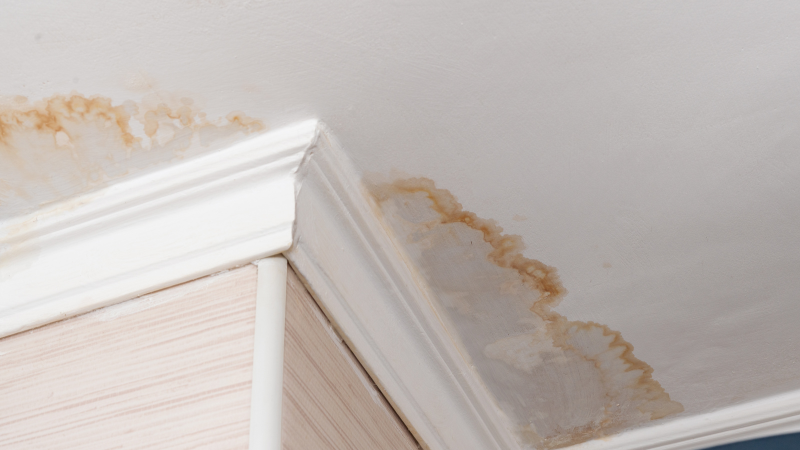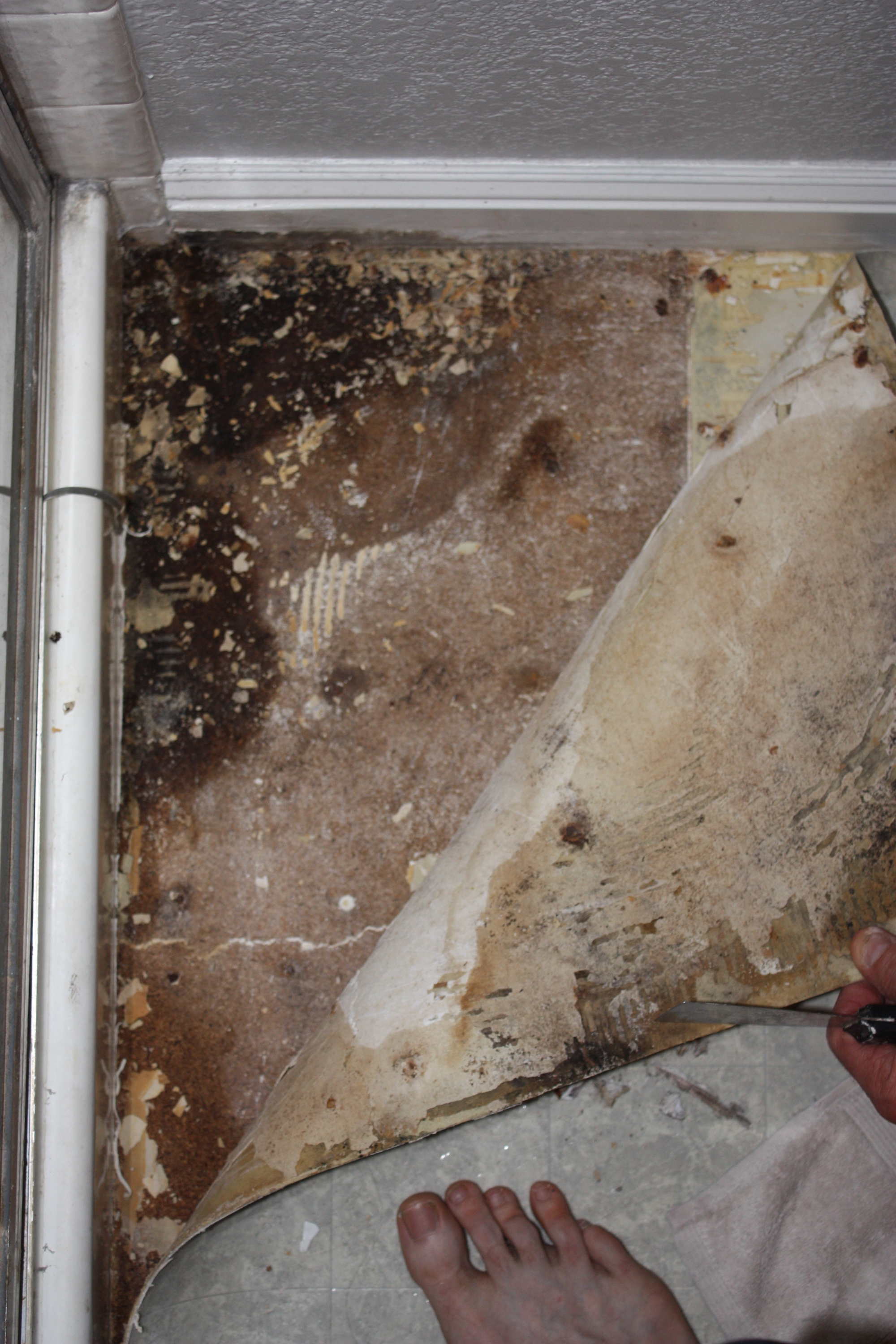How to Repair And Protect Against Bathroom Water Damage
How to Repair And Protect Against Bathroom Water Damage
Blog Article
Just how do you really feel on the subject of How to Fix a Water Damage Bathroom?

The bathroom is extremely vulnerable for moist accumulation and also possible water damages because of the regular use of water in it. This short article provides easy evaluation techniques to aid identifying water damages risks.
The regular use of water in the bathroom makes it exceptionally prone for damp accumulation and prospective water damage. By checking it routinely, you can reduce water related damages.
The following set of inspections is very easy to execute and also need to be done as soon as in every 3 months in order to maintain your restroom in good shape and to prevent potential water problems brought on by the bath tub, the shower, pipeline joints as well as plumbing, sinks, cabinets, and the commode
Do not forget doing these inspections and be detailed while executing them. Bear in mind that these easy inspections can conserve you a great deal of money by providing early indicators for water damage
Sinks and Cabinets
Sinks and cabinets are revealed to dampness as well as moisture everyday and are frequently overlooked. Inspect consistently under the sink and also on the counter top above it. Repair any kind of drip in the catch as it may suggest drainpipe troubles. Browse the sink, slow draining pipelines might suggest a blocked drainpipe. Change sink seals if they are broken or loose.
Bath tub and also Shower
The shower as well as bathtub call for unique interest and upkeep. Inspect the tiles and also change if broken. See to it that there is no missing out on grout in between the ceramic tiles. Check and replace cracked caulking at joints where the wall surfaces satisfy the floor or the tub. Clogged drains pipes as well as pipes troubles will avoid the bathtub from drying out as well as might suggest serious troubles below the bath tub. Speak with a specialist right away to stop structural damages. Focus on discolorations or soft locations around the bathtub wall surfaces as they may suggest an internal leakage.
Plumbing
Signs for water damage are difficult to detect considering that most pipes are mounted inside the walls.
Pay unique attention to floor covering and walls dampness and discolorations as they may suggest an invisible plumbing problem. Examine moisture levels in adjacent rooms also.
The Commode
The toilet is a prone water joint. Check the water lines as well as look for leaks around the commode seat, in the tube, and under the water container. If you identify any indications of dampness on the floor around the bathroom, look for leaks in the toilet rim as well as container seals.
Be aware that hanging bathroom dish deodorants enhances the possibilities for obstructions.
Water Damage Signs In The Bathroom To Avoid Cleanup
Musty smell
This is one of the easiest signs to catch because musty smells are so odorous. The damp, earthy, moldy smell should be a big red flag. The smell will develop when moisture gets trapped in surfaces, and begins to facilitate mold growth. Leaking pipes under cabinets, inside walls, and behind shower fixtures will cause moisture to stay trapped and not dry, which will lead to mold growth and spread. As soon as you notice any musty smells in your bathroom, have it checked for hidden water damage and cleanup signs.
Visible mold
If the smell isn’t there to give it away, sometimes you will actually see mold growth. Finding mold in your bathroom is a serious problem, because mold is very harmful to your health. By the time mold growth is visible, it also means that water damage has already occurred and been present for some time. The only way the mold problem can be resolved is to find the source of the moisture and get it stopped. To safely and adequately remove mold, you need to have professionals handle the remediation. Do not waste any time in getting mold problems addressed, fixed, and sanitized so that you can protect you and your family from the many respiratory symptoms caused by mold exposure.
Damaged floors
Bathroom floors should be able to withstand some exposure to water while still remaining in good condition. However, when excess exposure or water leaks occur, they will begin to damage even the most water-resistant flooring. If you notice any cracking, bubbling, staining, or warping on your bathroom floors, there is probably a water leak somewhere causing the distortion. If you notice areas of the floor have become softer, or even have a spongy feeling, there is probably damage to the subfloor. Subflooring is typically made up of plywood. When plywood is exposed to water or moisture, it will absorb it. Once it has become saturated, the weight of the excess water will cause the wood to swell and soften. Check the floors in your bathroom frequently to catch any of these sings before they lead to damaged subflooring.
Changes on walls
When water leaks behind walls, it will cause changes in the drywall. Peeling plaster, blistering paint, and soggy wallpaper are all good indicators that excess water is building up behind the wall. Water leaking behind drywall will cause it to swell and be soft to the tough. If you start to notice gaps along the trim of your walls, or where tile meets the wall, it could also be a strong indicator that there is a leak behind the wall. Any changes, distortion, or damage on the walls should be evaluated as soon as you notice it to prevent further water damage and cleanup.

We were shown that write-up on How to Prevent Bathroom Water Damage through an associate on our other web page. Are you aware of anybody else who is interested by Looking for Signs of Water Damage in the Bathroom? Do not hesitate to share it. Thanks for going through it.
Get Quote Now Report this page